
How to explore Italy like a local
20/06/2025 · By Tim Hall
Expert Great Rail Journeys Tour Manager and blogger Tim Hall discusses how to explore Italy with his top tips and advice about food, drink and culture.
Read moreAlight in the heart of Venice, ready to explore its iconic canals and hidden corners. Start the day with a cappuccino at Caffè Florian, soaking in the morning buzz of Piazza San Marco. Meander across the Rialto Bridge, pausing to watch gondolas glide by before stepping into the history and grandeur of the Doge's Palace. Venture further to uncover peaceful pockets of the city, where locals still gather for cicchetti and wine along quiet canals.
In Venice, the magic lies in the mix of well-trodden landmarks and personal discoveries. From artisan workshops in tucked-away alleyways to sunsets over the Grand Canal, every moment connects you to the city's timeless charm. Ready to experience it for yourself?
Find out more with a free brochure and enjoy weekly travel inspiration and offers in our e-newsletter.



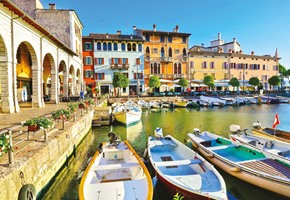
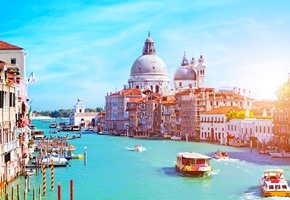
 (310 reviews)
(310 reviews)The historic lakeside town of Desenzano, set on the southern shores of Lake Garda, is our charming base. With a peaceful harbour, a characterful old town and an efficient rail service, we are perfectly placed for exploring. This delightful holiday includes a cruise to enchanting Isola del Garda to visit the opulent Villa Borghese-Cavazza and a...
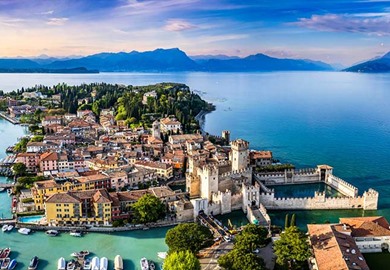
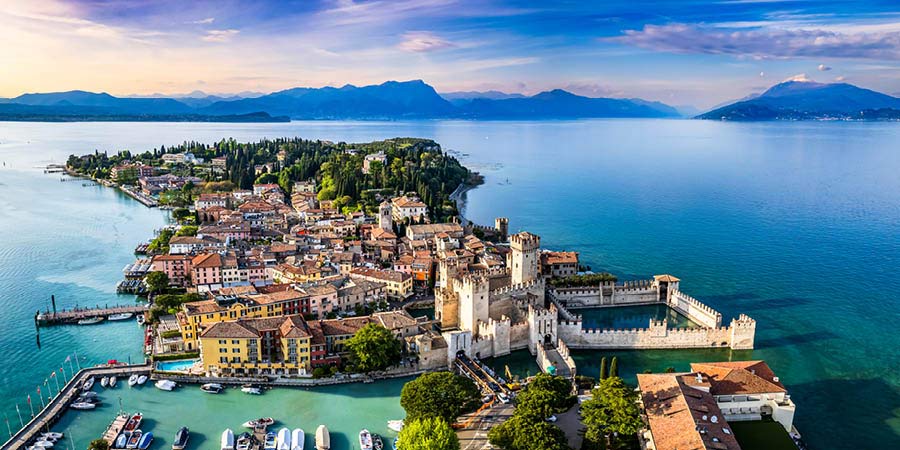
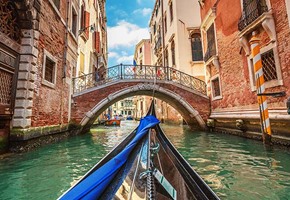
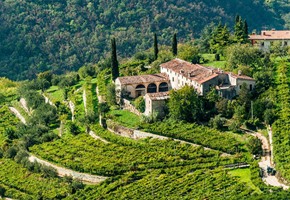
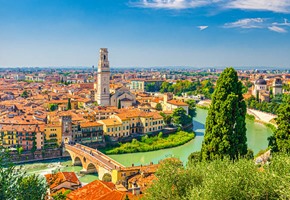
 (370 reviews)
(370 reviews)Based in the fortress town of Sirmione, set on a picturesque peninsula overlooking Lake Garda, and staying in an elegant spa hotel, this captivating holiday includes unforgettable experiences. Join us as we glide through Venice's turquoise canals on a gondola ride - passing Venetian palazzos, intriguing architecture and Byzantine churches -...

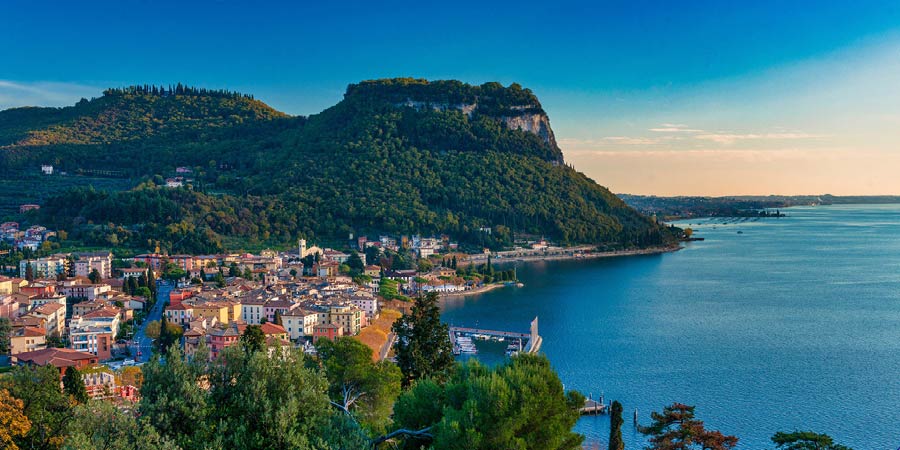

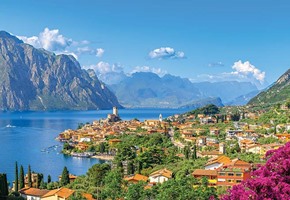
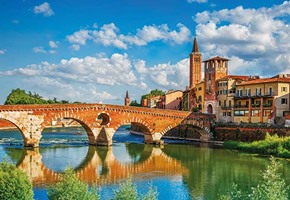
 (233 reviews)
(233 reviews)Soak up the laid-back atmosphere of one of Italy's most beautiful lakes on a GRJ All Inclusive holiday to peaceful Lake Garda. Sail to the idyllic lakeside towns of Sirmione and Malcesine to uncover colourful streets, impressive scenery and amazing views. Enjoy guided tours of two of the region's most fantastic and fascinating cities as you...
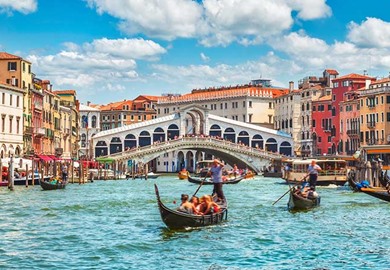
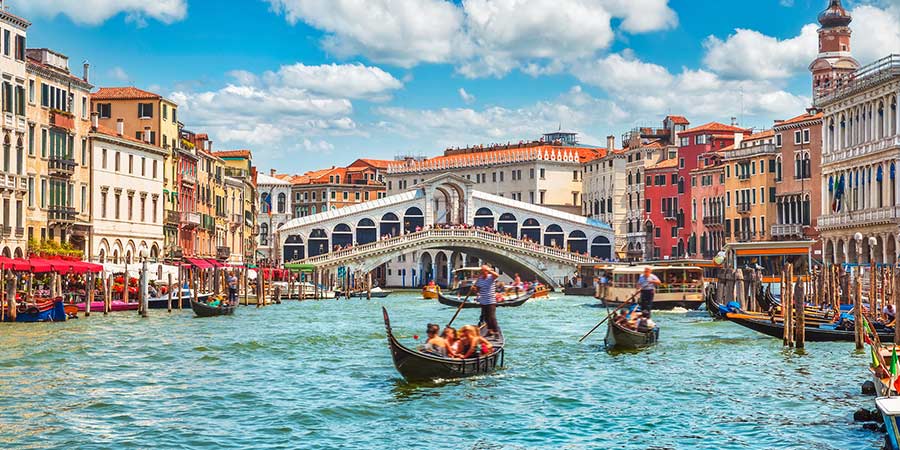
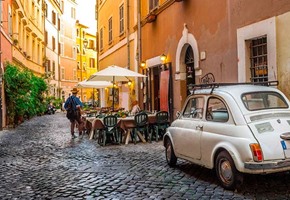

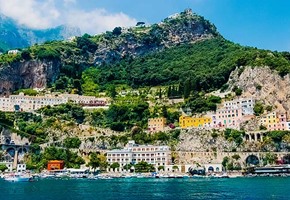
 (28 reviews)
(28 reviews)From the Alpine foothills to the island of Sicily and all that lies between, uncover the best of Italy. Travelling the country's length, we delve into the history and culture of Italy's remarkable destinations, including Venice, Florence and Rome. Bask in the beauty of the Amalfi Coast and marvel at the remains of ancient Pompeii before venturing...
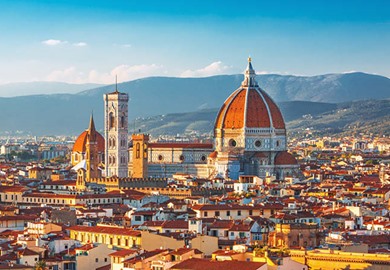
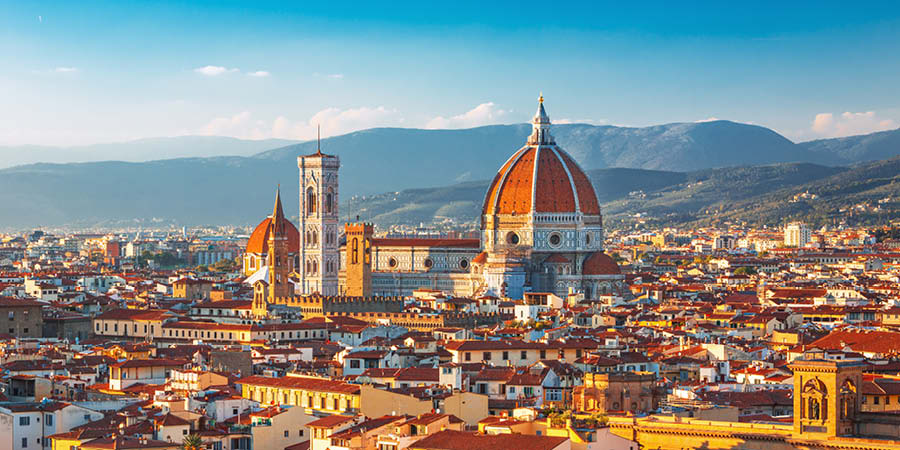
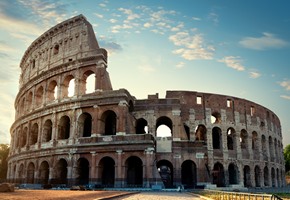
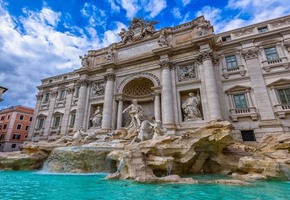
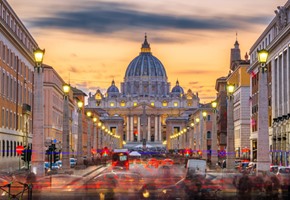
 (58 reviews)
(58 reviews)Join us on a tour of six of Italy's great historic cities, encountering a wealth of artistic and cultural treasures including World Heritage sites, with guided tours of ancient Rome and the world's Renaissance capital, Florence. With day trips to the walled Tuscan city of Lucca, Pisa's iconic tower and its gleaming white Duomo, we take a day trip...
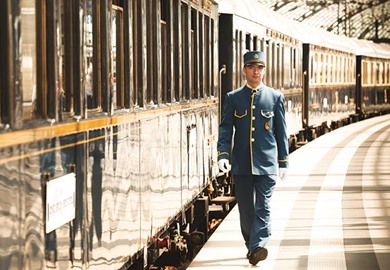
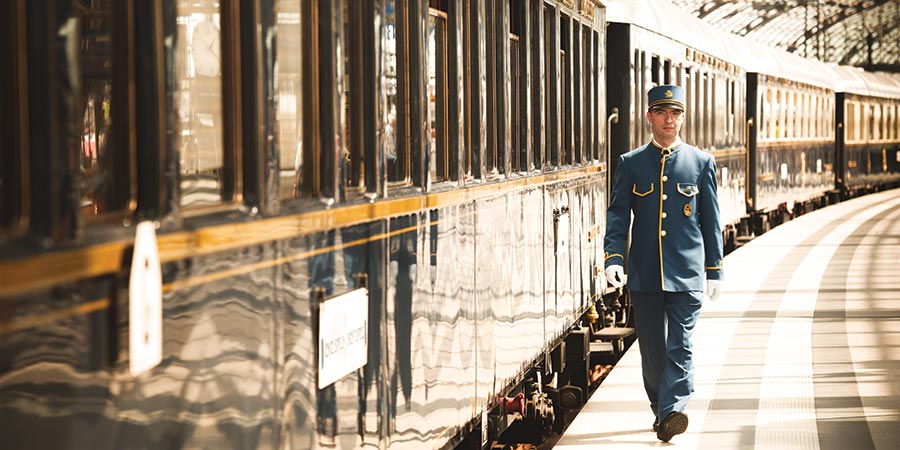

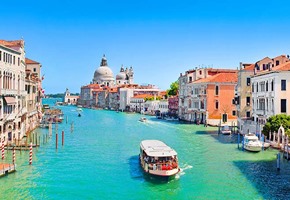

Take a once in a lifetime trip on the Venice Simplon Orient Express to travel between Paris and Venice, two of the most romantic and mesmerising cities in the world. Relax in style as this luxury train takes you from Paris to Venice, where you'll explore the city at leisure and delve deeper into its culture. Aboard the Venice Simplon Express...
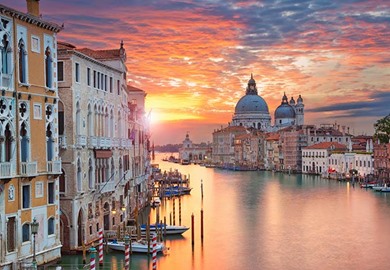
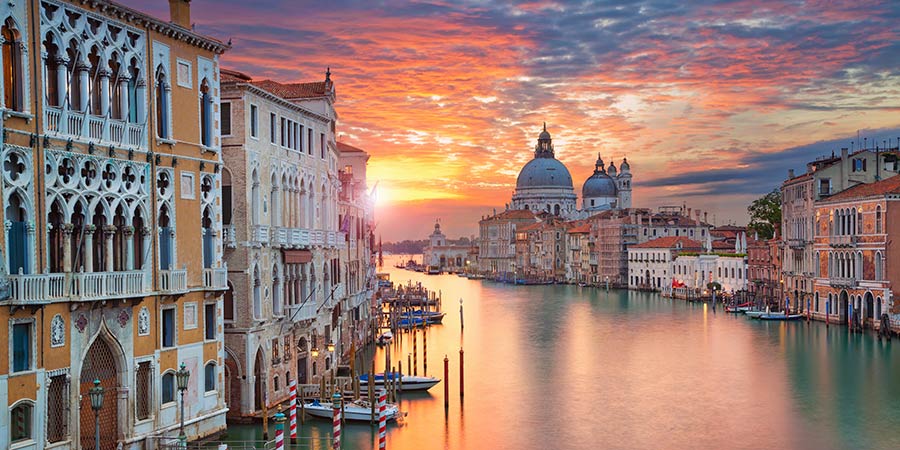
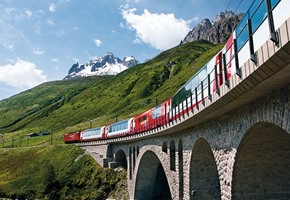
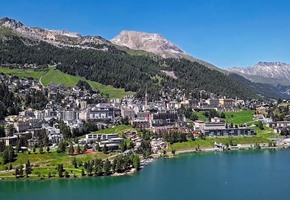
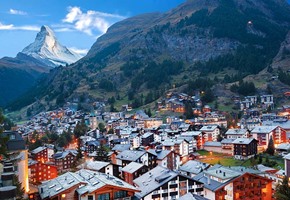
Take two iconic train journeys through dramatic mountain scenery and beautiful lakes, and travel in Panoramic carriages on the famous Glacier Express and Bernina Express through the Swiss Alps. All rails lead to Venice on this trip, where you'll stay over, wander the romantic streets and cross the ornate bridges, perhaps riding a gondola to soak...
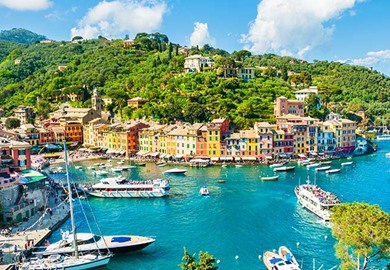
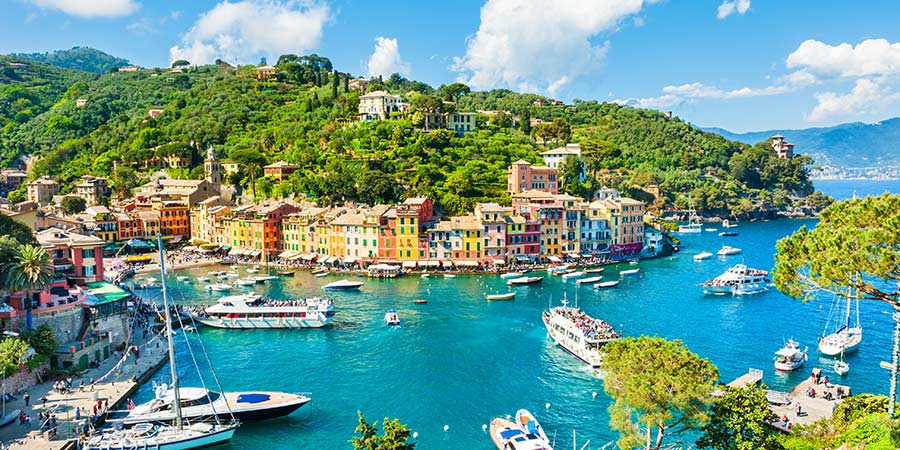
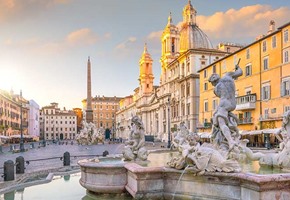
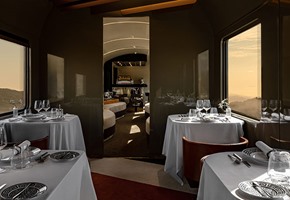
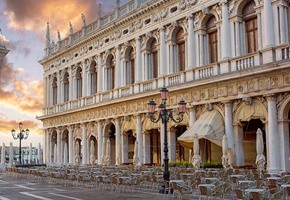
Begin your adventure with three unforgettable nights in the iconic city of Rome, immersing yourself in its rich history and vibrant culture. Then, board the luxurious Orient Express La Dolce Vita Train and travel in opulent style to Venice. Savor a gourmet lunch curated by Michelin 3-star chef Hans Beck as you glide through Tuscany. In Venice,...
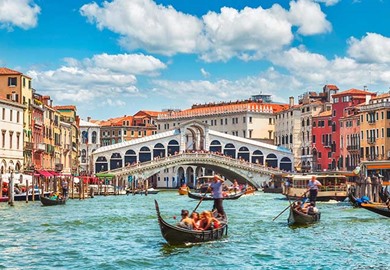
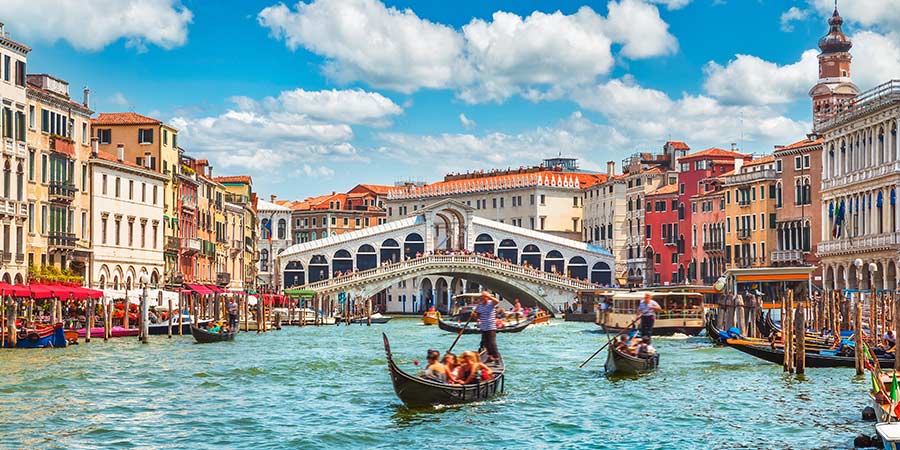
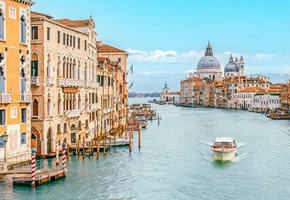

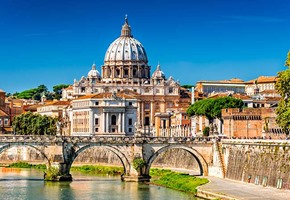
After two wonderful days taking in the sights, sounds and tastes of Rome, your journey on the La Dolce Vita Orient Express begins with a sumptuous dinner by 3-Michelin starred Chef Heinz Beck. As the train travels northwards, an evening of cocktails and live music creates a sophisticated ambience. The next morning, awaken to a luxurious Italian...
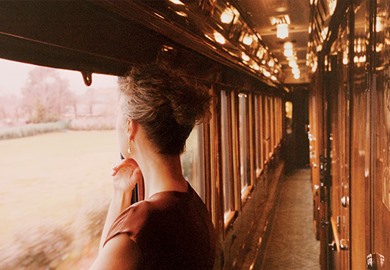
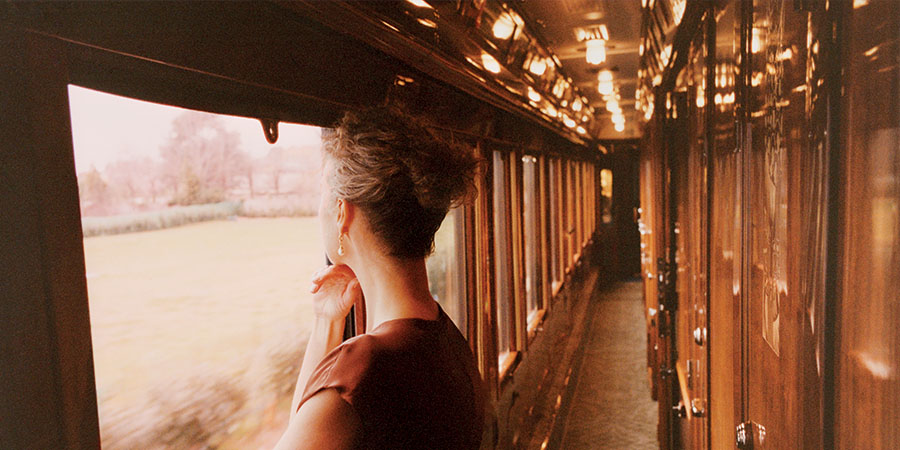

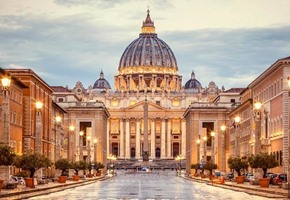
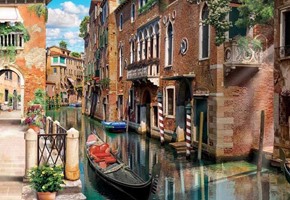
Create unforgettable memories on this stunning tour which takes you aboard the sumptuous Venice Simplon Orient Express, and around three inspiring Italian cities - Rome, Florence and Venice. Experience the water city and sail along the canals of Venice, stroll the historic streets of Rome and visit the Colosseum and Trevi Fountain, and spend some...
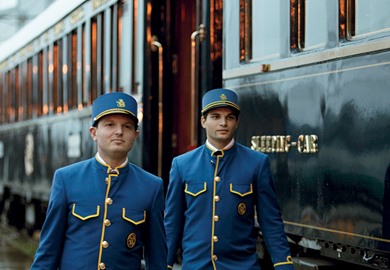
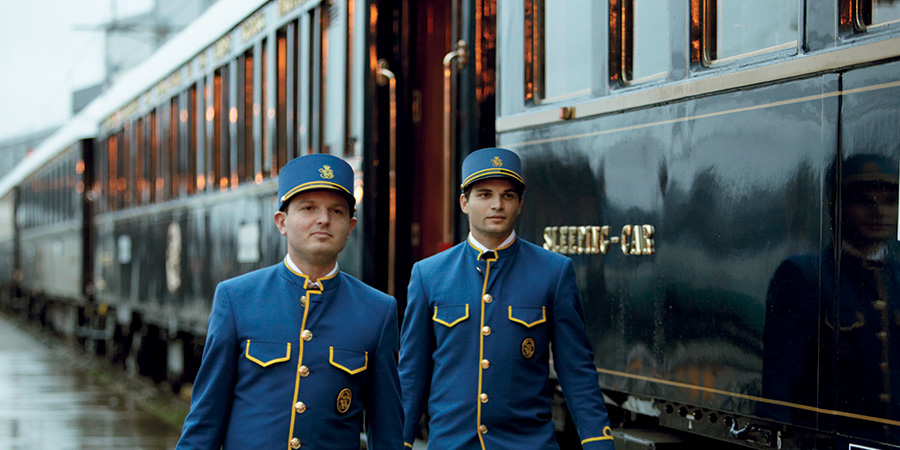
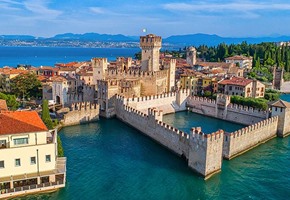
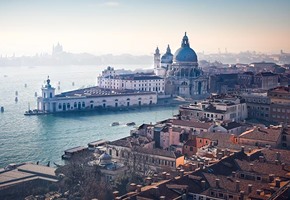
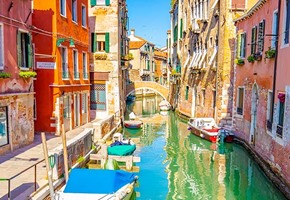
On this journey of a lifetime experience the golden age of travel aboard the Venice Simplon Orient Express and enjoy the luxury of this vintage hotel on rails. Your journey begins on the banks of the shimmering Lake Garda where you can explore the medieval town of Sirmione, before you journey on to Venice where the canals and bridges await you...
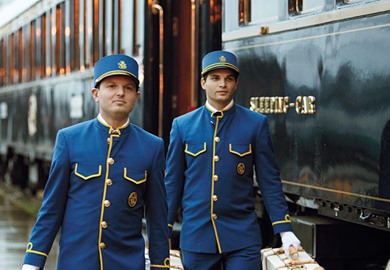
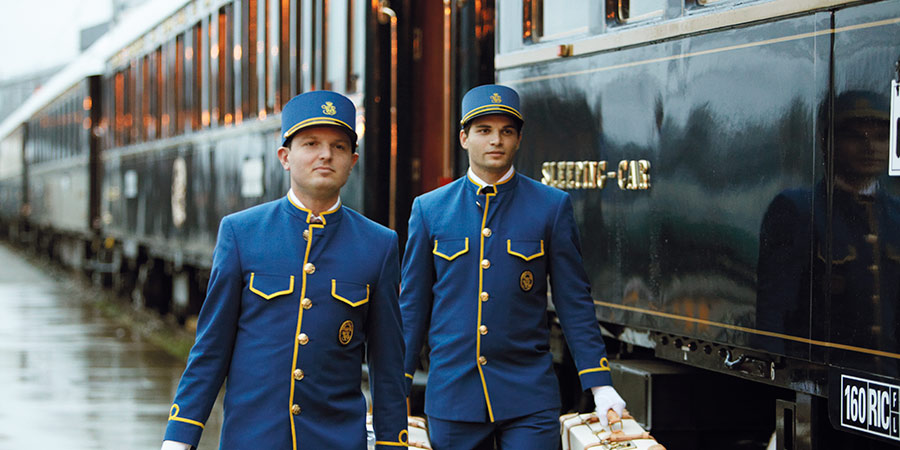
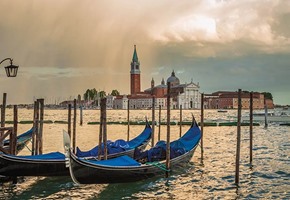

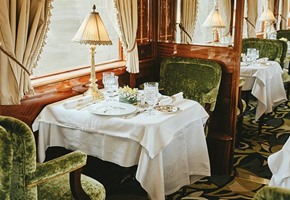
Take a truly memorable trip aboard the luxurious Venice Simplon Orient Express and visit two of the most romantic cities on earth - Venice and Paris. On this atmospheric tour you'll discover your love for Paris as you walk by the Eiffel Tower and you'll fall in love with the water city when you ride a gondola along the canals of Venice. Your time...




